Strategic Choices of General Contractors in the Context of China’s Industry Chain of Construction Industrialization
Abstract
:1. Introduction
2. Literature Review
2.1. Construction Industrialization
2.2. Industry Chain of Construction Industrialization
2.3. Methods of Strategic Choice
3. Model Description and Basic Assumptions
3.1. Logical Framework for the Research
3.2. Model Description
3.3. Basic Assumptions
4. Solution of Game Model in Different Strategic Situations
4.1. Centralized Decision Making
4.2. Backward Integration Strategy
4.3. Forward Integration Strategy
4.4. Bidirectional Integration Strategy
5. Numerical Simulation
5.1. Impact of Resource Investment Proportion β
5.2. Impact of Resource Investment Proportion γ
5.3. Impact of Resource Investment Proportion β and γ
6. Conclusions
Author Contributions
Funding
Institutional Review Board Statement
Informed Consent Statement
Data Availability Statement
Conflicts of Interest
Appendix A
| Industry Chain Members | Notation | Description |
|---|---|---|
| Prefabricated component suppliers | Initial sustainable development performance of prefabricated buildings | |
| Sustainable development performance of prefabricated buildings after research and development innovation | ||
| R&D investment cost coefficient of prefabricated component suppliers | ||
| Cost of prefabricated components | ||
| Price of prefabricated components | ||
| Any number between 0 and 1 | ||
| General contractors | Engineering project cost, Refers to the actual construction expenses of the project during the construction period. | |
| Project Contract Price, refers to the total cost of the proposed project calculated and determined by the signing of the project contract, without taking into account factors such as design changes and claims. | ||
| Construction and development enterprises | Selling prices of prefabricated buildings for consumers | |
| In addition to the project contract price, other expenses required for the sale of prefabricated housing. Marketing costs and land costs, etc. | ||
| Consumer | , represents the demand for prefabricated buildings | |
| Potential market demand for prefabricated buildings | ||
| Price coefficient | ||
| Preference for sustainable development performance of prefabricated buildings | ||
| Other | Profits |
References
- Chang, R.; Zuo, J.; Soebarto, V.; Zhao, Z.; Zillante, G.; Gan, X. Sustainability Transition of the Chinese Construction Industry: Practices and Behaviors of the Leading Construction Firms. J. Manag. Eng. 2016, 32, 05016009. [Google Scholar] [CrossRef]
- Greensboro News & Record. ENR 2023 Top 250 Global Contractors; Greensboro News & Record: New York, NY, USA, 2023. [Google Scholar]
- Zhang, G.Q.; Wang, T.; Wang, Y.H.; Zhang, S.; Lin, W.H.; Dou, Z.X.; Du, H.T. Study on the Influencing Factors of Digital Transformation of Construction Enterprises from the Perspective of Dual Effects—A Hybrid Approach Based on PLS-SEM and fsQCA. Sustainability 2023, 15, 6317. [Google Scholar] [CrossRef]
- Stöllinger, R. Testing the Smile Curve: Functional Specialisation and Value Creation in GVCs. Struct. Chang. Econ. Dyn. 2021, 56, 93–116. [Google Scholar] [CrossRef]
- Zhu, L.; Xu, Y.; Pan, Y.J. Enabled comparative advantage strategy in China’s solar PV development. Energy Policy 2019, 133, 110880. [Google Scholar] [CrossRef]
- Lu, Y.J.; Liu, B.; Li, Y.K. Collaboration Networks and Bidding Competitiveness in Megaprojects. J. Manag. Eng. 2021, 37, 04021064. [Google Scholar] [CrossRef]
- Uvarova, S.; Belyaeva, S.; Kankhva, V.; Vlasenko, V. Implementation of Innovative Strategy in Underground Construction as a Basis for Sustainable Economic Development of a Construction Enterprise. Procedia Eng. 2016, 165, 1317–1322. [Google Scholar] [CrossRef]
- Mirmozaffari, M.; Yazdani, M.; Boskabadi, A.; Dolatsara, H.A.; Kabirifar, K.; Golilarz, N.A. A Novel Machine Learning Approach Combined with Optimization Models for Eco-efficiency Evaluation. Appl. Sci. 2020, 10, 5210. [Google Scholar] [CrossRef]
- Chuen, A.P.C.; Amos, D.; Effah, A.E. Strategies for Promoting Green Building Technologies Adoption in the Construction Industry—An International Study. Sustainability 2017, 9, 969. [Google Scholar] [CrossRef]
- Zhu, Z.H.; Ning, S.Y. Corporate digital transformation and strategic investments of construction industry in China. Heliyon 2023, 9, e17879. [Google Scholar] [CrossRef]
- Nikmehr, B.; Hosseini, M.R.; Martek, I.; Zavadskas, E.K.; Antucheviciene, J. Digitalization as a Strategic Means of Achieving Sustainable Efficiencies in Construction Management: A Critical Review. Sustainability 2021, 13, 5040. [Google Scholar] [CrossRef]
- Yildiz, A.E.; Dikmen, I.; Birgonul, M.T. Using System Dynamics for Strategic Performance Management in Construction. J. Manag. Eng. 2020, 36, 04019051. [Google Scholar] [CrossRef]
- Li, L.; Li, Z.F.; Li, X.D.; Zhang, S.X.; Luo, X.W. A new framework of industrialized construction in China: Towards on-site industrialization. J. Clean. Prod. 2020, 244, 118469. [Google Scholar] [CrossRef]
- Yazdani, M.; Kabirifar, K.; Frimpong, B.E.; Shariati, M.; Mirmozaffari, M.; Boskabadi, A. Improving construction and demolition waste collection service in an urban area using a simheuristic approach: A case study in Sydney, Australia. J. Clean. Prod. 2021, 280, 124138. [Google Scholar] [CrossRef]
- Uusitalo, P.; Lavikka, R. Overcoming Path Dependency in an Industrialised House-Building Company through Entrepreneurial Orientation. Buildings 2020, 10, 45. [Google Scholar] [CrossRef]
- Qi, B.; Razkenari, M.; Li, J.X.; Costin, A.; Kibert, C.; Qian, S.Y. Investigating U.S. Industry Practitioners’ Perspectives towards the Adoption of Emerging Technologies in Industrialized Construction. Buildings 2020, 10, 85. [Google Scholar] [CrossRef]
- Galera-Zarco, C.; Campos, J.A. Exploring Servitization in Industrial Construction: A Sustainable Approach. Sustainability 2021, 13, 8002. [Google Scholar] [CrossRef]
- He, D.D.; Li, Z.F.; Wu, C.L.; Ning, X. An E-Commerce Platform for Industrialized Construction Procurement Based on BIM and Linked Data. Sustainability 2018, 10, 2613. [Google Scholar] [CrossRef]
- Popovic, D.; Schauerte, T.; Elgh, F. Product platform alignment in industrialised house building. Wood Mater. Sci. Eng. 2022, 17, 572–585. [Google Scholar] [CrossRef]
- Dhawan, K.; Tookey, J.E.; GhaffarianHoseini, A.; Poshdar, M. Using Transport to Quantify the Impact of Vertical Integration on the Construction Supply Chain: A New Zealand Assessment. Sustainability 2023, 15, 1298. [Google Scholar] [CrossRef]
- Mansoori, S.; Harkonen, J.; Haapasalo, H.; Annunen, P. Industrialization in Construction Companies-A Benchmark Study on Manufacturing Companies. Buildings 2024, 14, 1407. [Google Scholar] [CrossRef]
- Guo, Z.X.; Li, L.H. A Conceptual Framework for Collaborative Development of Intelligent Construction and Building Industrialization. Front. Environ. Sci. 2022, 10, 904518. [Google Scholar] [CrossRef]
- Ji, F.; Shi, J.; Zhu, T.; Hu, X. Risk assessment in the industry chain of industrialized construction: A Chinese case study. Buildings 2022, 12, 1688. [Google Scholar] [CrossRef]
- Johnsson, F.; Karlsson, I.; Rootzén, J.; Ahlbäck, A.; Gustavsson, M. The framing of a sustainable development goals assessment in decarbonizing the construction industry—Avoiding “Greenwashing”. Renew. Sustain. Energy Rev. 2020, 131, 110029. [Google Scholar] [CrossRef] [PubMed]
- Mustaffa, N.K.; Kudus, S.A.; Aziz, M.; Joseph, V.R.A. Strategies and way forward of low carbon construction in Malaysia. Build. Res. Inf. 2022, 50, 628–645. [Google Scholar] [CrossRef]
- Ruan, S.; Choi, S. The technological innovation effect of industrial chain under the ‘double cycle’ pattern in the post epidemic era. Int. J. Technol. Manag. 2023, 91, 68–81. [Google Scholar] [CrossRef]
- Teng, Y.Q.; Lin, B.Q. The energy-saving effect of industrial chain synergistic division: Evidence from China’s industrial chain. Energy Policy 2024, 185, 113925. [Google Scholar] [CrossRef]
- Ma, L.; Liu, Y.; Yuan, Q. A Research on the Integrated Strategy of New Energy Automobile Manufacturing Enterprise Based on the Shareholding Strategy. Ind. Eng. J. 2022, 25, 10. [Google Scholar]
- Liu, Y.; Dong, J.J.; Shen, L. A Conceptual Development Framework for Prefabricated Construction Supply Chain Management: An Integrated Overview. Sustainability 2020, 12, 1878. [Google Scholar] [CrossRef]
- Salinger, M.A. Vertical mergers and market foreclosure. Q. J. Econ. 1988, 103, 345–356. [Google Scholar] [CrossRef]
- Fan, J.P.; Huang, J.; Morck, R.; Yeung, B. Institutional determinants of vertical integration in China. J. Corp. Financ. 2017, 44, 524–539. [Google Scholar] [CrossRef]
- Wei, J.; Zhao, J.; Hou, X.R. Integration strategies of two supply chains with complementary products. Int. J. Prod. Res. 2019, 57, 1972–1989. [Google Scholar] [CrossRef]
- Wang, Y.F.; Jing, Z.F.; Lyu, J. Study on Sustainable Development Strategy of Rural E-Commerce in the Northeast of China—A Case Study of 11 Villages, 11 Towns and 4 Counties. Sustainability 2022, 14, 16610. [Google Scholar] [CrossRef]
- Gao, L.; Zhao, Z.Y. The Evolutionary Game of Stakeholders’ Coordination Mechanism of New Energy Power Construction PPP Project: A China Case. Sustainability 2020, 12, 1045. [Google Scholar] [CrossRef]
- Zhang, Y.B.; Yi, X.; Li, S.S.; Qiu, H. Evolutionary game of government safety supervision for prefabricated building construction using system dynamics. Eng. Constr. Archit. Manag. 2023, 30, 2947–2968. [Google Scholar] [CrossRef]
- Zhou, L.; Chen, Y.P.; Jing, Y.; Jiang, Y.W. Evolutionary Game Analysis on Last Mile Delivery Resource Integration-Exploring the Behavioral Strategies between Logistics Service Providers, Property Service Companies and Customers. Sustainability 2021, 13, 12240. [Google Scholar] [CrossRef]
- Wang, B.; Wang, N. Decision Models for a Dual-Recycling Channel Reverse Supply Chain with Consumer Strategic Behavior. Sustainability 2022, 14, 10870. [Google Scholar] [CrossRef]
- Liu, H.H.; Sun, S.G.; Lei, M.; Deng, H.H.; Leong, G.K. The impact of retailers’ alliance on manufacturer’s profit in a dual-channel structure. Int. J. Prod. Res. 2017, 55, 6592–6607. [Google Scholar] [CrossRef]
- Ha, A.Y.; Tong, S.L.; Zhang, H.T. Sharing Demand Information in Competing Supply Chains with Production Diseconomies. Manag. Sci. 2011, 57, 566–581. [Google Scholar] [CrossRef]
- Saranya, P.; Chandrasekaran, E. Optimal inventory system for deteriorated goods with time-varying demand rate function and advertisement cost. Array 2023, 19, 100307. [Google Scholar] [CrossRef]
- Xia, L.; Kong, Q.; Li, Y.; Xu, C. Emission reduction and pricing strategies of a low-carbon supply chain considering cross-shareholding. Chin. J. Manag. Sci 2021, 29, 70–81. [Google Scholar]
- Sun, L.C.; Cao, X.X.; Alharthi, M.; Zhang, J.J.; Taghizadeh-Hesary, F.; Mohsin, M. Carbon emission transfer strategies in supply chain with lag time of emission reduction technologies and low-carbon preference of consumers. J. Clean. Prod. 2020, 264, 121664. [Google Scholar] [CrossRef]
- Cusolito, A.P.; Garcia-Marin, A.; Maloney, W.F. Proximity to the Frontier, Markups, and the Response of Innovation to Foreign Competition: Evidence from Matched Production-Innovation Surveys in Chile. Am. Econ. Rev. Insights 2023, 5, 35–53. [Google Scholar] [CrossRef]
- Bulan, L.; Mayer, C.; Somerville, C.T. Irreversible investment, real options, and competition: Evidence from real estate development. J. Urban Econ. 2009, 65, 237–251. [Google Scholar] [CrossRef]
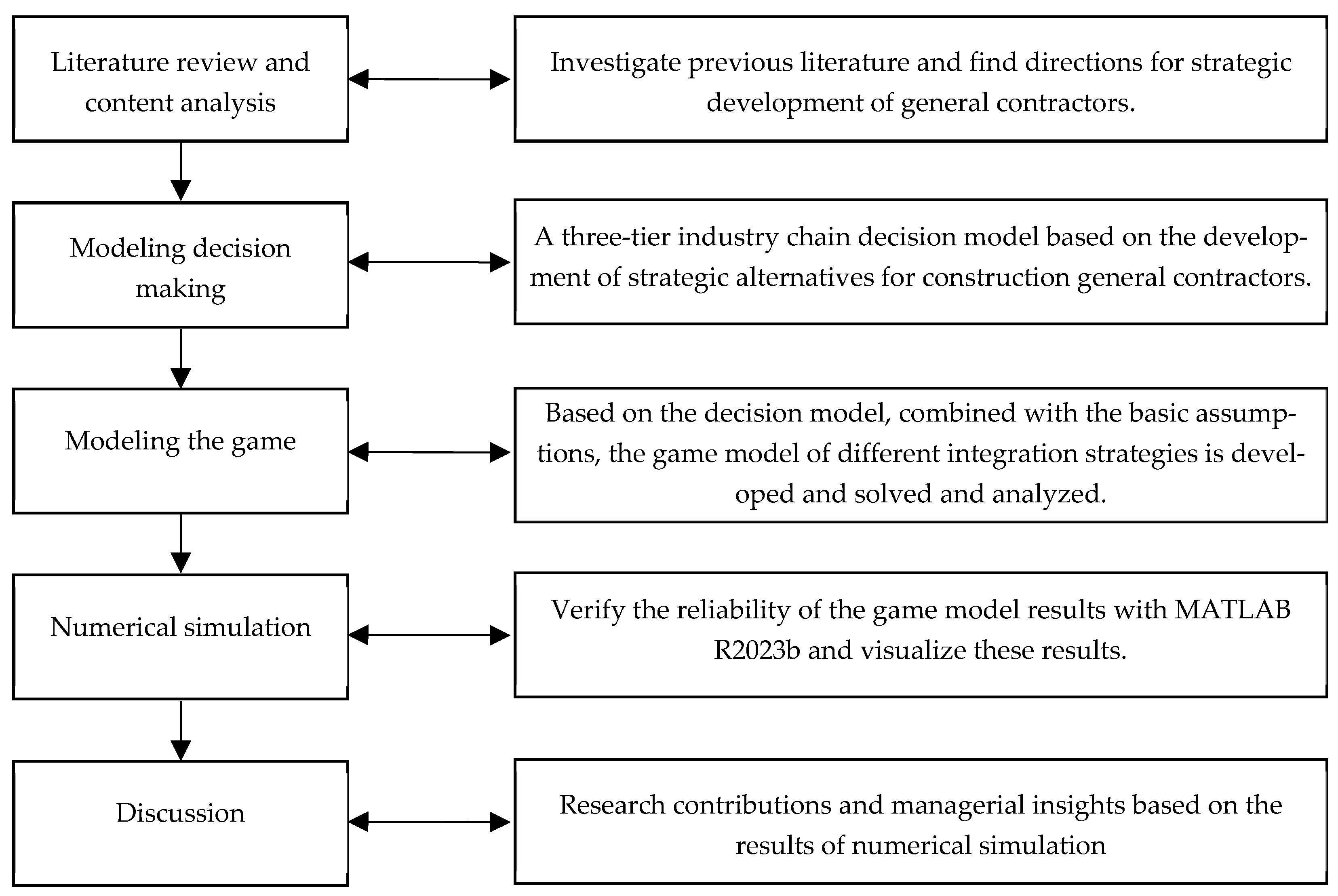
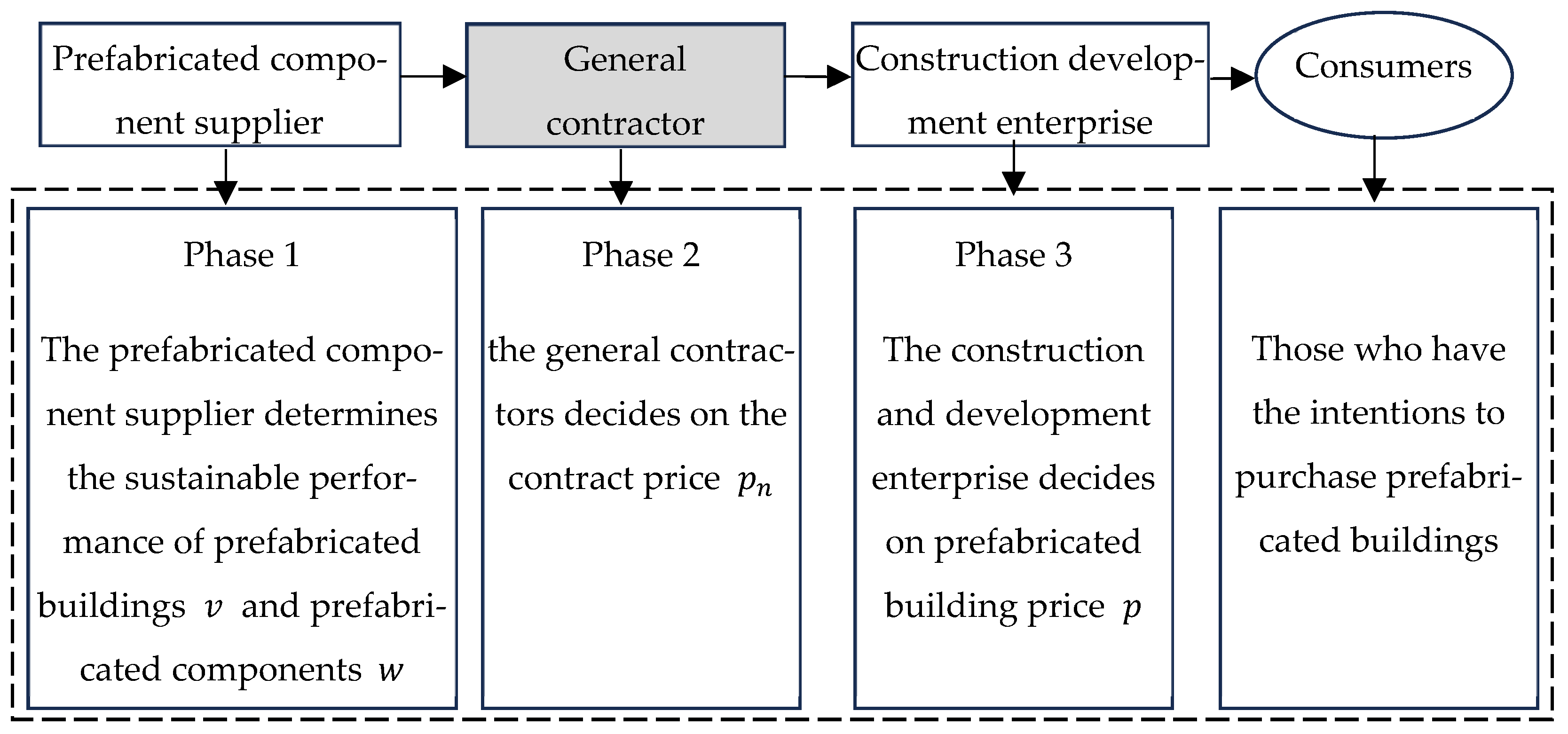


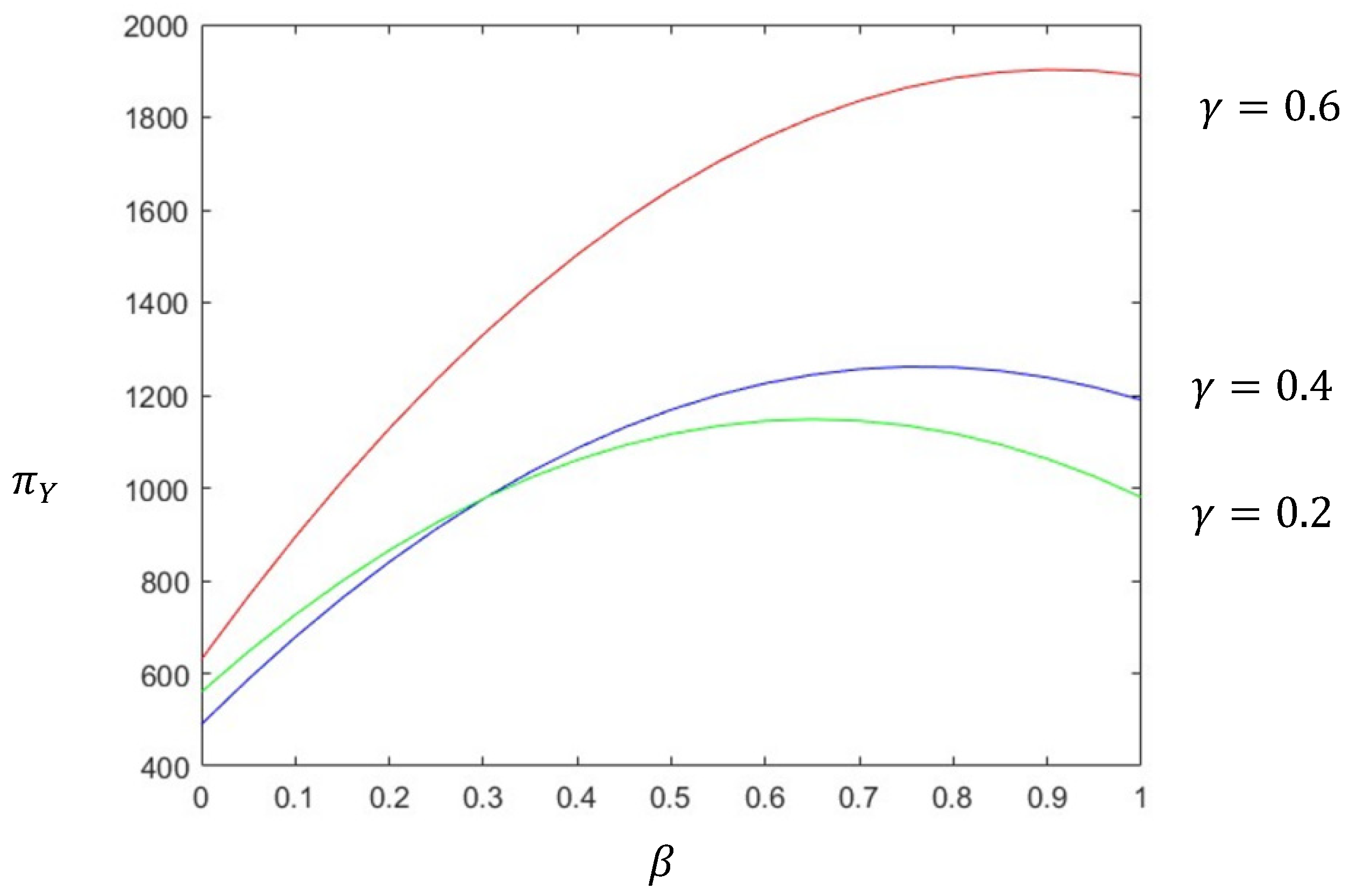
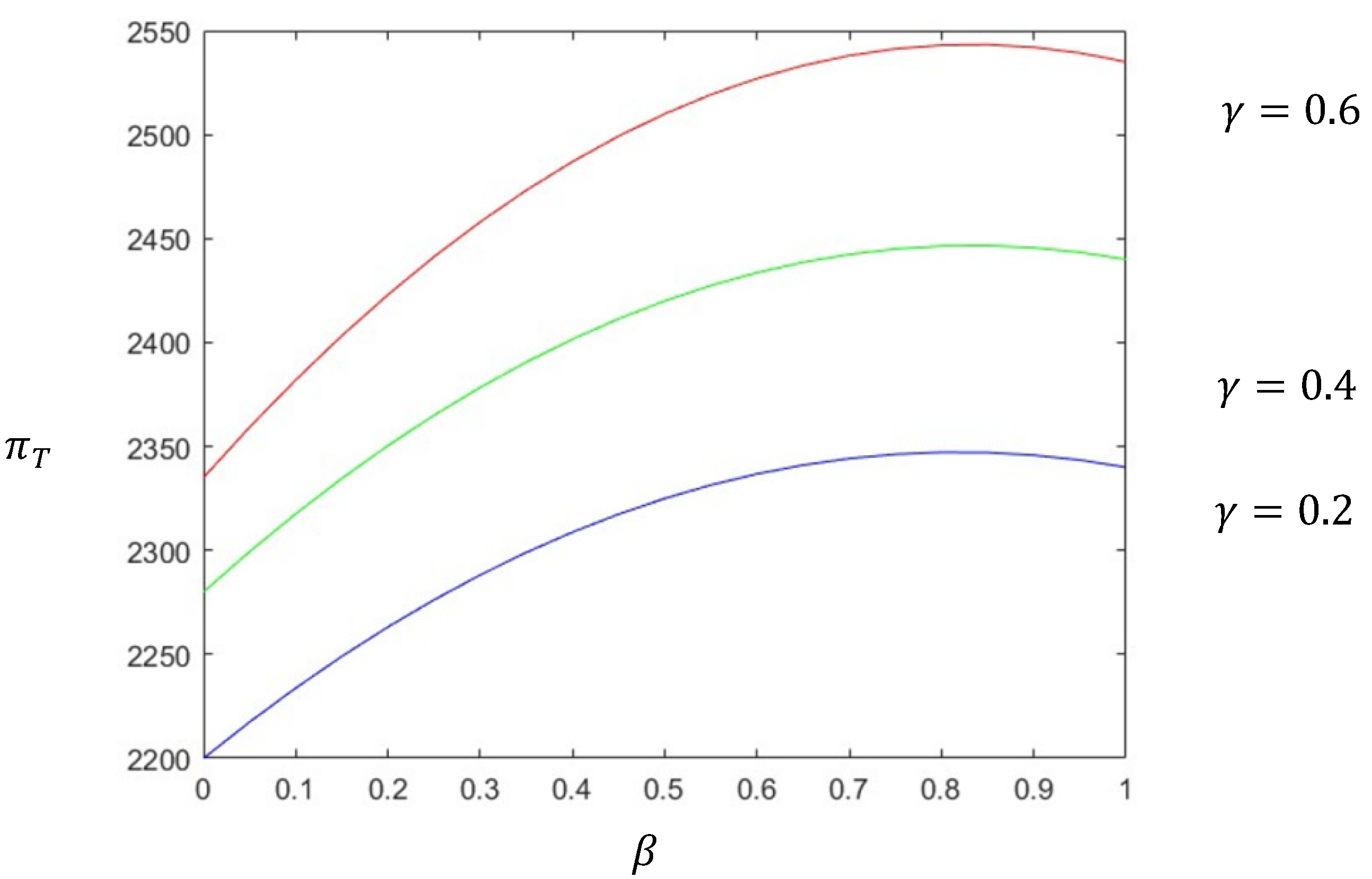
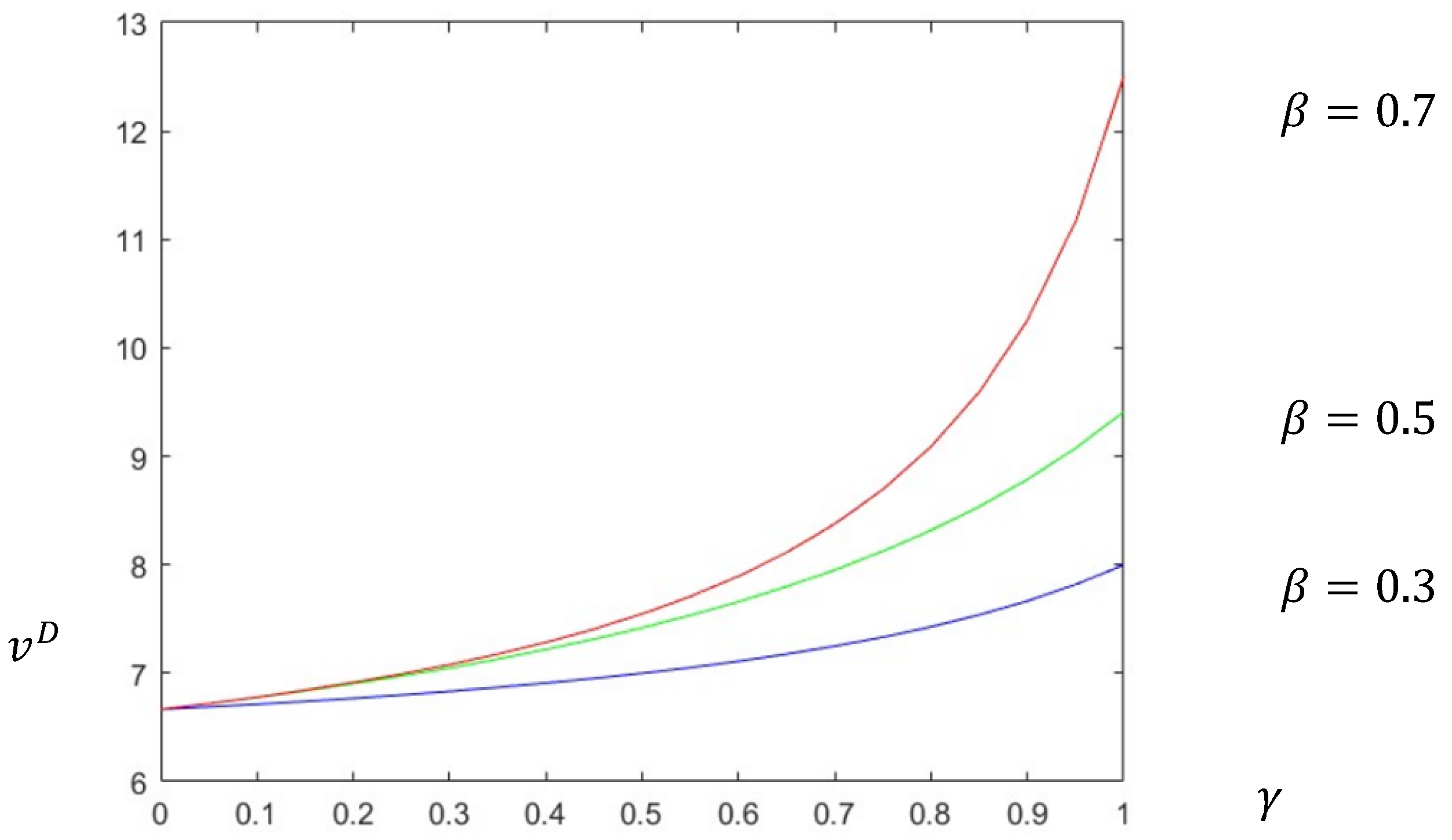
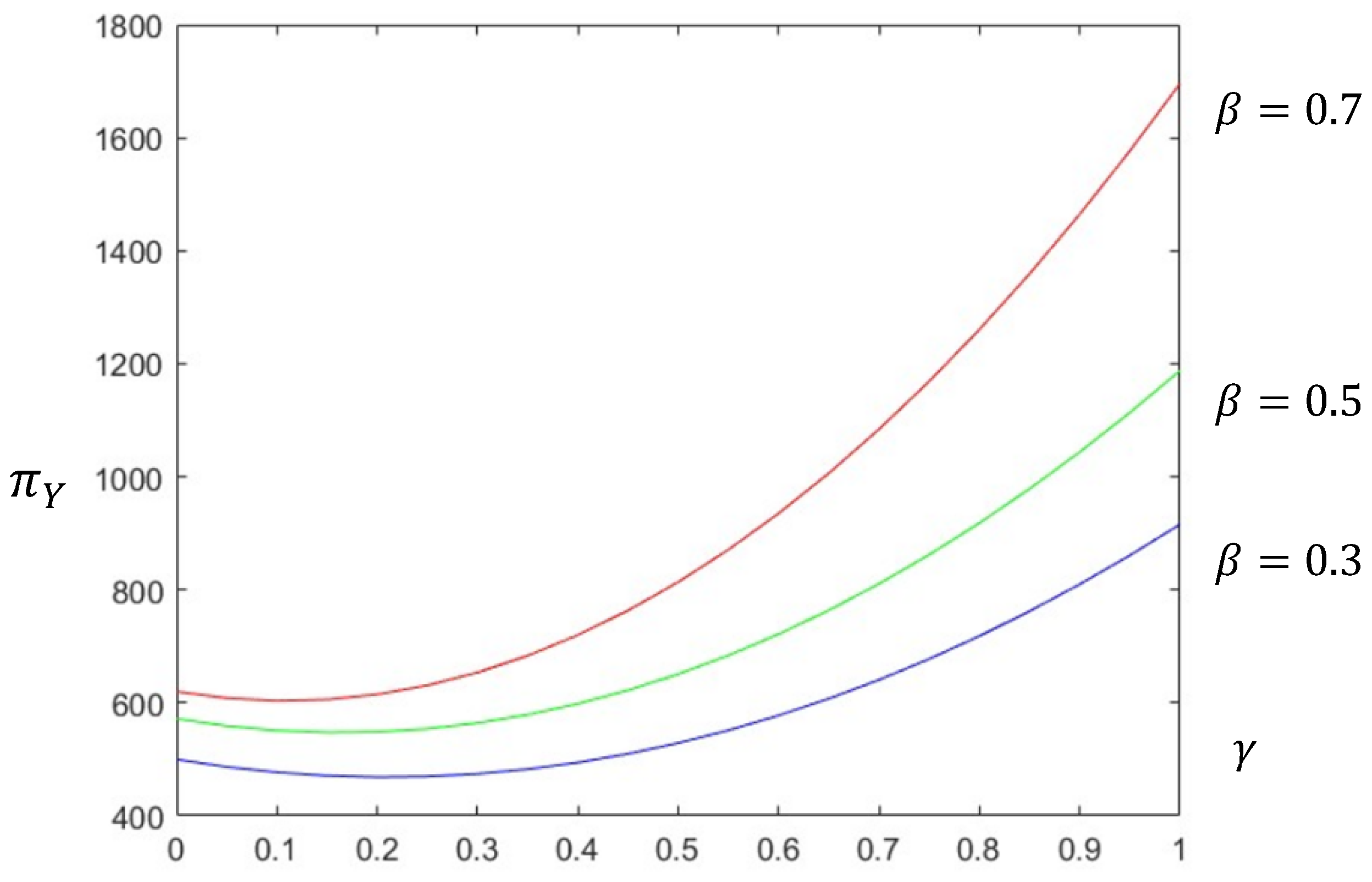
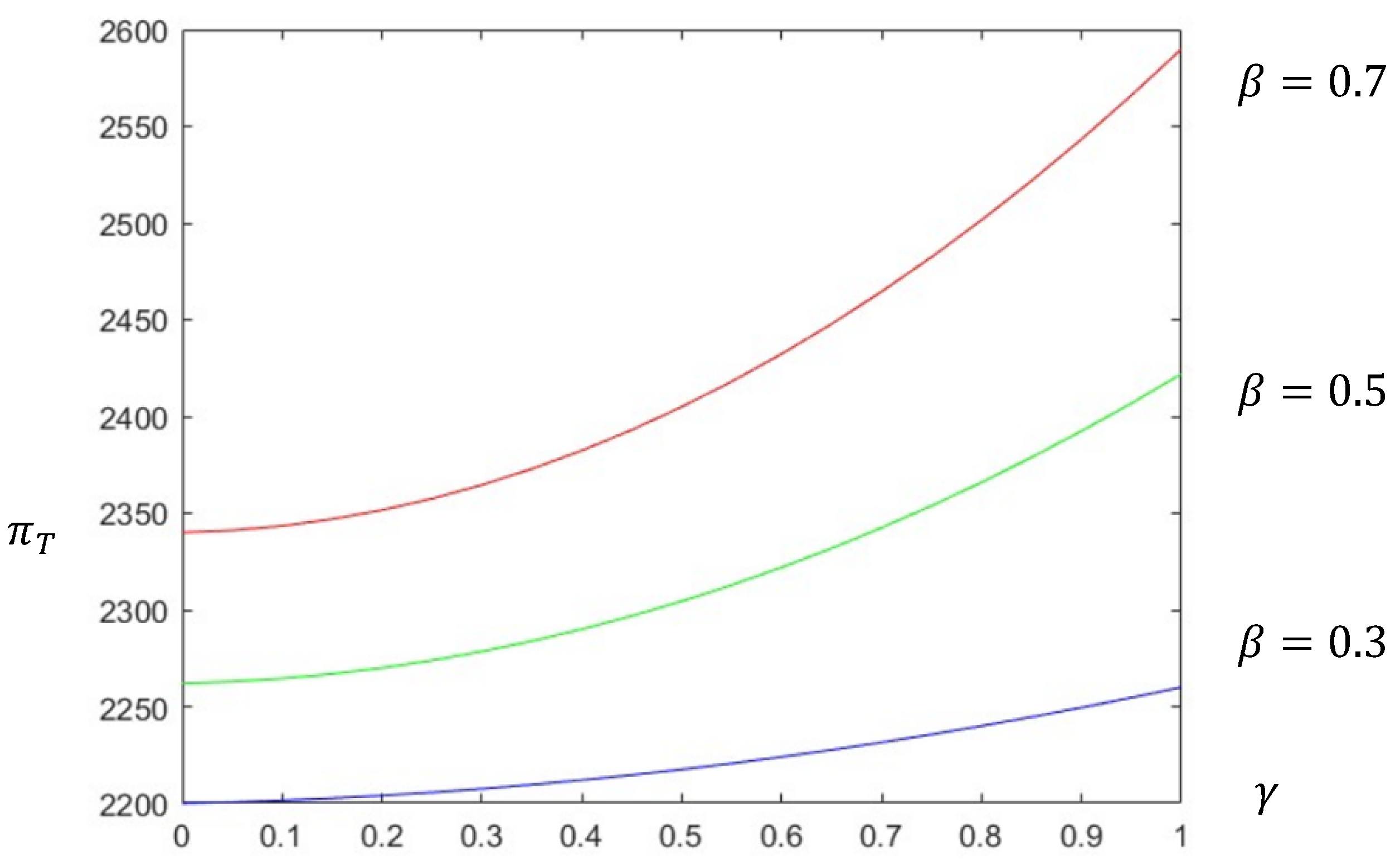
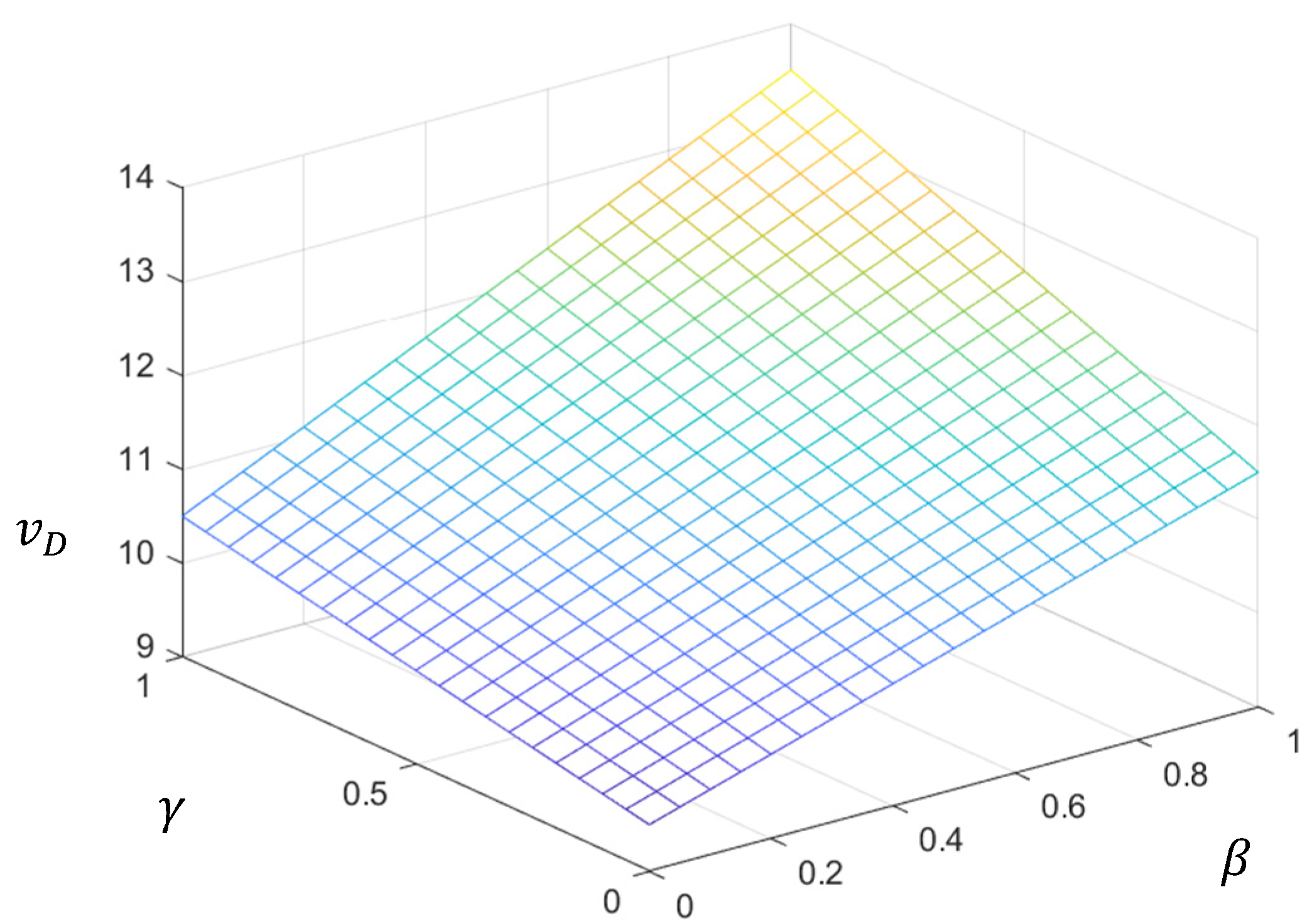

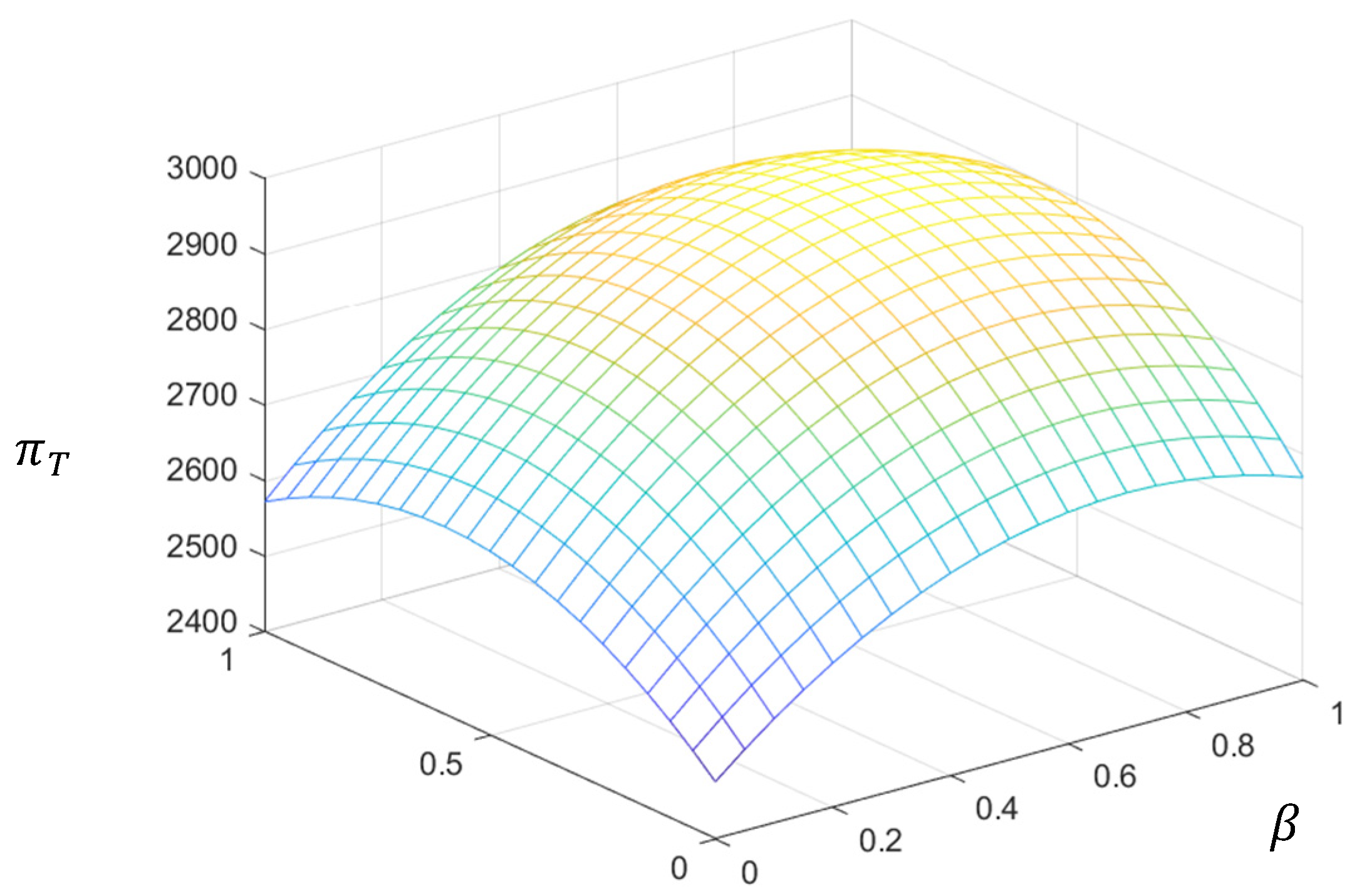
Disclaimer/Publisher’s Note: The statements, opinions and data contained in all publications are solely those of the individual author(s) and contributor(s) and not of MDPI and/or the editor(s). MDPI and/or the editor(s) disclaim responsibility for any injury to people or property resulting from any ideas, methods, instructions or products referred to in the content. |
© 2024 by the authors. Licensee MDPI, Basel, Switzerland. This article is an open access article distributed under the terms and conditions of the Creative Commons Attribution (CC BY) license (https://creativecommons.org/licenses/by/4.0/).
Share and Cite
Li, S.; Zeng, D. Strategic Choices of General Contractors in the Context of China’s Industry Chain of Construction Industrialization. Sustainability 2024, 16, 6511. https://doi.org/10.3390/su16156511
Li S, Zeng D. Strategic Choices of General Contractors in the Context of China’s Industry Chain of Construction Industrialization. Sustainability. 2024; 16(15):6511. https://doi.org/10.3390/su16156511
Chicago/Turabian StyleLi, Shengfei, and Dalin Zeng. 2024. "Strategic Choices of General Contractors in the Context of China’s Industry Chain of Construction Industrialization" Sustainability 16, no. 15: 6511. https://doi.org/10.3390/su16156511
APA StyleLi, S., & Zeng, D. (2024). Strategic Choices of General Contractors in the Context of China’s Industry Chain of Construction Industrialization. Sustainability, 16(15), 6511. https://doi.org/10.3390/su16156511





